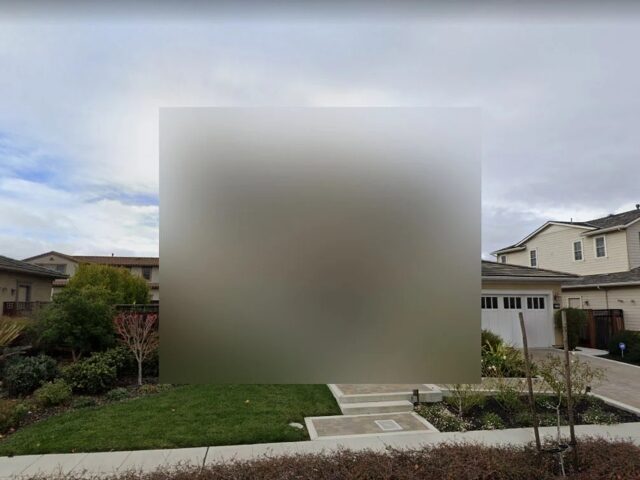Tech Explainer: Protecting Your Privacy by Blurring Your Home on Google Maps
 Google Maps
Google Maps
As Google Maps' Street View feature becomes increasingly popular, concerns about privacy and security have arisen, prompting individuals to seek ways to protect their homes from unwanted exposure. Breitbart Tech suggests every reader follow the steps in this article to blur their home on the mapping site.
CNET reports that Google Maps' Street View, while a useful for virtual exploration and navigation, has also sparked debates about privacy violations. The feature, which provides panoramic views of streets and buildings, inadvertently exposes personal residences to the public eye, potentially compromising the safety and privacy of homeowners.
To blur your home from Google Maps Street View, follow these steps:
After submitting your request to blur or remove your home from Google Maps Street View, Google will send you an email acknowledging receipt of your report. This initial email indicates that Google's team will evaluate your submission to determine if it meets the criteria for approval or denial. Depending on the specifics of your request, Google may follow up by sending additional emails requesting further details or clarification regarding the areas you want obscured.
Unfortunately, Google does not provide any definitive timeline for how long the review process takes. The best approach is to wait for Google's communications and promptly respond to any requests for extra information until you receive their final decision on your blur or removal request.
Read more at CNET here.
Lucas Nolan is a reporter for Breitbart News covering issues of free speech and online censorship.
Source link

